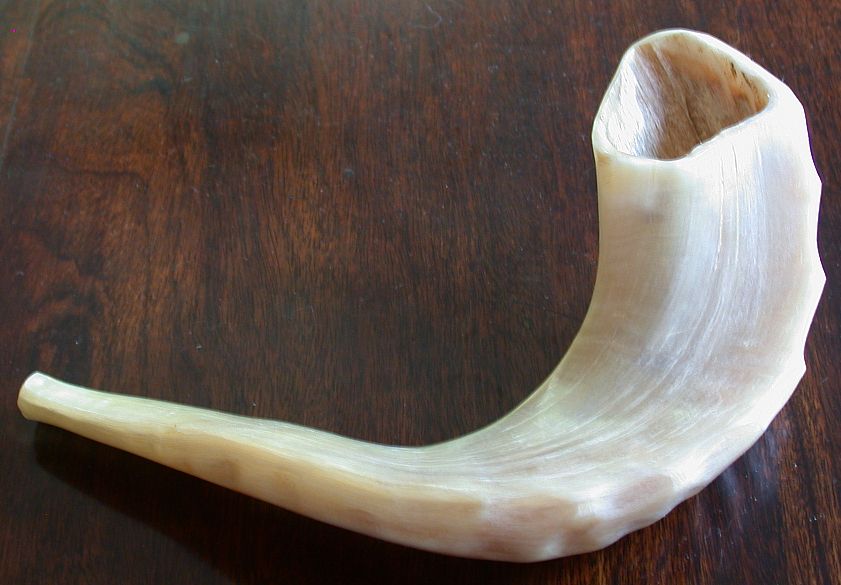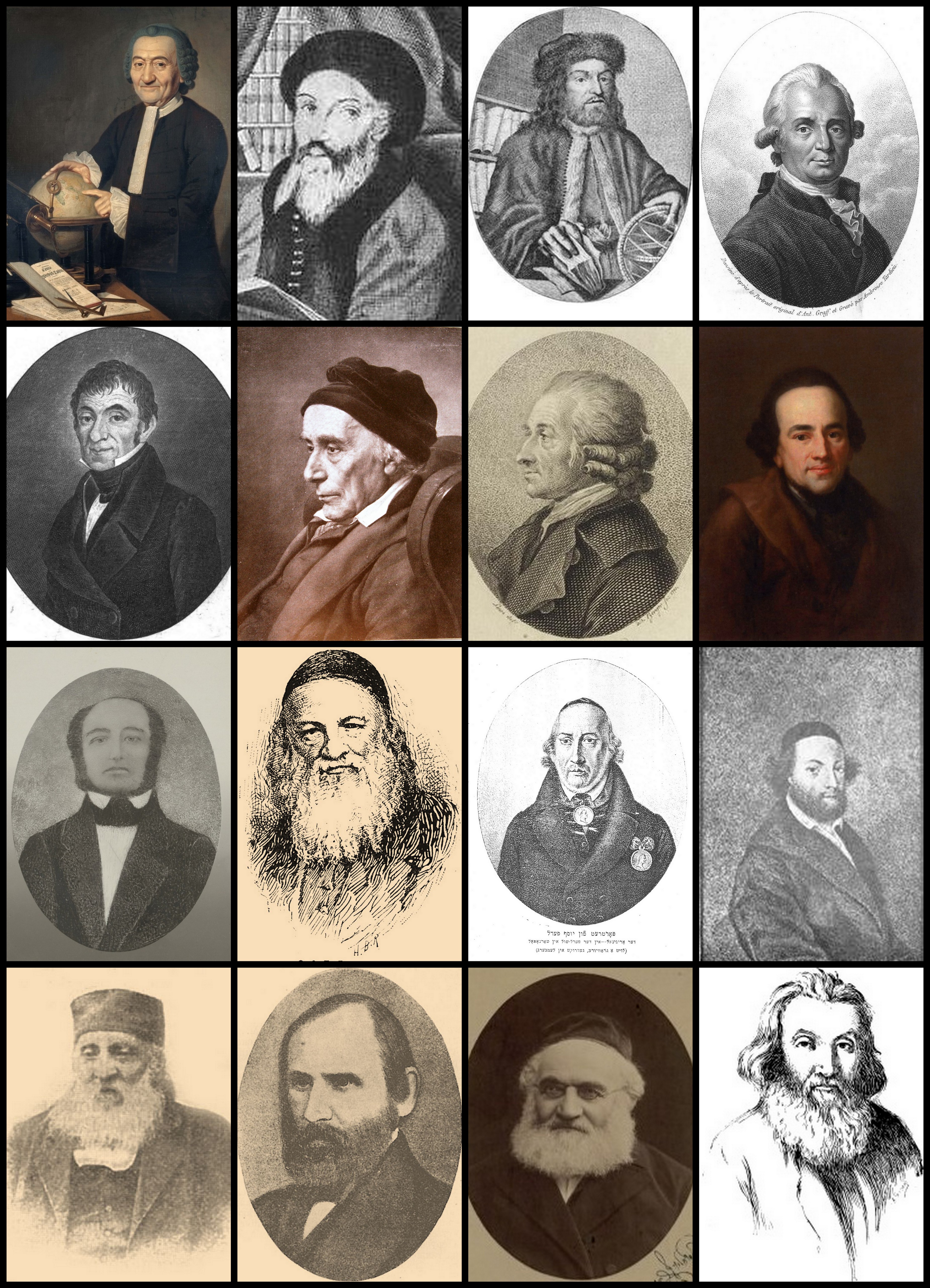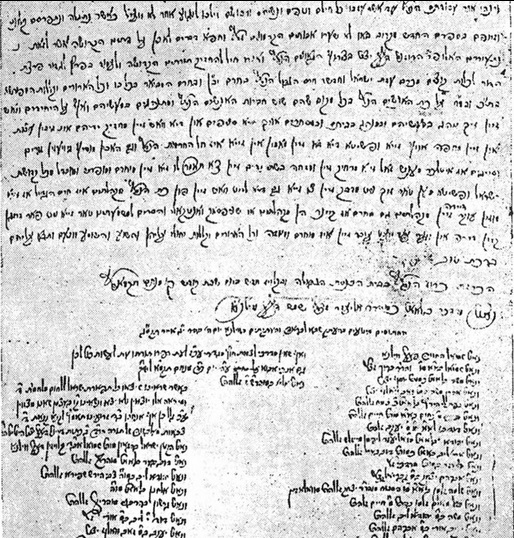|
Shmuel Yosef Agnon
Shmuel Yosef Agnon (; August 8, 1887 – February 17, 1970) was an Austro-Hungarian-born Israeli novelist, poet, and short-story writer. He was one of the central figures of modern Hebrew literature. In Hebrew, he is known by the pseudonym Shai Agnon (). In English, his works are published under the name S. Y. Agnon. Agnon was born in Polish Galicia, then part of the Austro-Hungarian Empire, and later immigrated to Mandatory Palestine, and died in Jerusalem. His works deal with the conflict between the traditional Jewish life and language and the modern world. They also attempt to recapture the fading traditions of the European ''shtetl'' (village). In a wider context, he also contributed to broadening the characteristic conception of the narrator's role in literature. Agnon had a distinctive linguistic style, mixing modern and rabbinic Hebrew. In 1966, he shared the Nobel Prize in Literature with the poet Nelly Sachs. Biography Shmuel Yosef Halevi Czaczkes (later Agnon) was ... [...More Info...] [...Related Items...] OR: [Wikipedia] [Google] [Baidu] |
Kingdom Of Galicia And Lodomeria
The Kingdom of Galicia and Lodomeria, also known as Austrian Galicia or colloquially Austrian Poland, was a constituent possession of the Habsburg monarchy in the historical region of Galicia (Eastern Europe), Galicia in Eastern Europe. The Crown land#Austria, crown land was established in 1772. The lands were annexed from the Polish-Lithuanian Commonwealth as part of the First Partition of Poland. In 1804 it became a crown land of the newly proclaimed Austrian Empire. From 1867 it was a crown land within the Cisleithanian or Austrian half of the dual monarchy of Austria-Hungary. It maintained a degree of provincial autonomy. Its status remained unchanged until the Dissolution of Austria-Hungary, dissolution of the monarchy in 1918. The domain was initially carved in 1772 from the southwestern part of the Polish–Lithuanian Commonwealth. During the following period, several territorial changes occurred. In 1795 the Habsburg monarchy participated in the Third Partition of Polan ... [...More Info...] [...Related Items...] OR: [Wikipedia] [Google] [Baidu] |
Hebrew Calendar
The Hebrew calendar (), also called the Jewish calendar, is a lunisolar calendar used today for Jewish religious observance and as an official calendar of Israel. It determines the dates of Jewish holidays and other rituals, such as '' yahrzeits'' and the schedule of public Torah readings. In Israel, it is used for religious purposes, provides a time frame for agriculture, and is an official calendar for civil holidays alongside the Gregorian calendar. Like other lunisolar calendars, the Hebrew calendar consists of months of 29 or 30 days which begin and end at approximately the time of the new moon. As 12 such months comprise a total of just 354 days, an extra lunar month is added every 2 or 3 years so that the long-term average year length closely approximates the actual length of the solar year. Originally, the beginning of each month was determined based on physical observation of a new moon, while the decision of whether to add the leap month was based on observation ... [...More Info...] [...Related Items...] OR: [Wikipedia] [Google] [Baidu] |
History Of Palestine
The region of Palestine (region), Palestine is part of the wider region of the Levant, which represents the land bridge between Africa and Eurasia.Steiner & Killebrew, p9: "The general limits ..., as defined here, begin at the Plain of 'Amuq in the north and extend south until the Wâdī al-Arish, along the northern coast of Sinai. ... The western coastline and the eastern deserts set the boundaries for the Levant ... The Euphrates and the area around Jebel el-Bishrī mark the eastern boundary of the northern Levant, as does the Syrian Desert beyond the Anti-Lebanon range's eastern hinterland and Mount Hermon. This boundary continues south in the form of the highlands and eastern desert regions of Transjordan." The areas of the Levant traditionally serve as the "crossroads of Western Asia, the Eastern Mediterranean, and Northeast Africa", [...More Info...] [...Related Items...] OR: [Wikipedia] [Google] [Baidu] |
Jaffa
Jaffa (, ; , ), also called Japho, Joppa or Joppe in English, is an ancient Levantine Sea, Levantine port city which is part of Tel Aviv, Tel Aviv-Yafo, Israel, located in its southern part. The city sits atop a naturally elevated outcrop on the Mediterranean coastline. Excavations at Jaffa indicate that the city was settled as early as the Bronze Age, Early Bronze Age. The city is referenced in several ancient Ancient Egypt, Egyptian and Neo-Assyrian Empire, Assyrian documents. Biblically, Jaffa is noted as one of the boundaries of the tribe of Dan and as a port through which Cedrus libani, Lebanese cedars were imported for the construction of the Temple in Jerusalem. Under Achaemenid Empire, Persian rule, Jaffa was given to the Phoenicians. The city features in the biblical story of Jonah and the Greek legend of Andromeda (mythology), Andromeda. Later, the city served as the major port of Hasmonean Judea. However, its importance declined during the Roman Empire, Roman perio ... [...More Info...] [...Related Items...] OR: [Wikipedia] [Google] [Baidu] |
Joseph Della Reina
Joseph De La Reina (c. 1418 - c. 1472) was a 15th Century Jewish mystical figure. According to Jewish legend, he attempted to hasten the messianic age and perished in the attempt. His fate was treated literarily by the Jewish literary writers Shai Agnon and Isaac Bashevis Singer. The tale of Joseph De La Reina's messianic epic is illustrated in a poem by Meir Wieners, published in Vienna in 1919. Legend The legend of De La Reina's attempt to force the early arrival of the messiah is used as a cautionary tale, warning of the dangers of Kabbalistic magic. In the legend, De La Reina tries to force the arrival of the messiah by capturing Asmodeus, the King of Demons, and his queen, Lilith. At first, De La Reina succeeds in placing the Asmodeus in chains, but then he becomes careless, allowing the King of Demons to outwit him. In the end, De La Reina despairs at his failure and embraces the demonic ways, becoming an heretic sorcerer in the city of Sidon. He takes Lilith as his lover, ... [...More Info...] [...Related Items...] OR: [Wikipedia] [Google] [Baidu] |
Kabbalah
Kabbalah or Qabalah ( ; , ; ) is an esoteric method, discipline and school of thought in Jewish mysticism. It forms the foundation of Mysticism, mystical religious interpretations within Judaism. A traditional Kabbalist is called a Mekubbal (). List of Jewish Kabbalists, Jewish Kabbalists originally developed transmissions of the primary texts of Kabbalah within the realm of Jewish tradition and often use classical Jewish scriptures to explain and demonstrate its mystical teachings. Kabbalists hold these teachings to define the inner meaning of both the Hebrew Bible and traditional rabbinic literature and their formerly concealed transmitted dimension, as well as to explain the significance of Jewish religious observances. Historically, Kabbalah emerged from earlier forms of Jewish mysticism, in 12th- to 13th-century Golden age of Jewish culture in Spain, al-Andalus (Spain) and in Hakhmei Provence, and was reinterpreted during the Jewish mystical renaissance in 16th-century ... [...More Info...] [...Related Items...] OR: [Wikipedia] [Google] [Baidu] |
Yiddish
Yiddish, historically Judeo-German, is a West Germanic language historically spoken by Ashkenazi Jews. It originated in 9th-century Central Europe, and provided the nascent Ashkenazi community with a vernacular based on High German fused with many elements taken from Hebrew language, Hebrew (notably Mishnaic Hebrew, Mishnaic) and to some extent Aramaic. Most varieties of Yiddish include elements of Slavic languages and the vocabulary contains traces of Romance languages.Aram Yardumian"A Tale of Two Hypotheses: Genetics and the Ethnogenesis of Ashkenazi Jewry".University of Pennsylvania. 2013. Yiddish has traditionally been written using the Hebrew alphabet. Prior to World War II, there were 11–13 million speakers. 85% of the approximately 6 million Jews who were murdered in the Holocaust were Yiddish speakers,Solomon Birnbaum, ''Grammatik der jiddischen Sprache'' (4., erg. Aufl., Hamburg: Buske, 1984), p. 3. leading to a massive decline in the use of the language. Jewish ass ... [...More Info...] [...Related Items...] OR: [Wikipedia] [Google] [Baidu] |
Standard German
Standard High German (SHG), less precisely Standard German or High German (, , or, in Switzerland, ), is the umbrella term for the standard language, standardized varieties of the German language, which are used in formal contexts and for communication between different dialect areas. German is a Pluricentric language, pluricentric Abstand and ausbau languages#Roofing, Dachsprache with currently three codified (or standardised) specific national varieties: German Standard German, Austrian German#Standard Austrian German, Austrian Standard German and Swiss Standard German. Regarding the spelling and punctuation, a recommended standard is published by the Council for German Orthography which represents the governments of all majority and minority German-speaking countries and dependencies. Adherence is obligatory for government institutions, including schools. Although there is no official standards body regulating pronunciation, there is a long-standing ''de facto'' standard pronu ... [...More Info...] [...Related Items...] OR: [Wikipedia] [Google] [Baidu] |
Haskalah
The ''Haskalah'' (; literally, "wisdom", "erudition" or "education"), often termed the Jewish Enlightenment, was an intellectual movement among the Jews of Central Europe, Central and Eastern Europe, with a certain influence on those in Western Europe and the Muslim world. It arose as a defined ideological worldview during the 1770s, and its last stage ended around 1881, with the rise of Autoemancipation, Jewish nationalism. The movement advocated against Jewish reclusiveness, encouraged the adoption of prevalent attire over traditional dress, while also working to diminish the authority of traditional community institutions such as rabbinic courts and boards of elders. It pursued a set of projects of cultural and moral renewal, including a revival of Hebrew for use in secular life, which resulted in an increase in Hebrew language, Hebrew found in print. Concurrently, it strove for an optimal integration in surrounding societies. Practitioners promoted the study of Exogeny, exo ... [...More Info...] [...Related Items...] OR: [Wikipedia] [Google] [Baidu] |
Misnagdim
''Misnagdim'' (, "Opponents"; Sephardi pronunciation: ''Mitnagdim''; singular ''misnaged / mitnaged'') was a Jewish religious movements, religious movement among the Eastern European Jewry, Jews of Eastern Europe which resisted the rise of Hasidic Judaism, Hasidism in the 18th and 19th centuries. The ''Misnagdim'' were particularly concentrated in Lithuanian Jews, Lithuania, where Vilnius served as the bastion of the movement, but anti-Hasidic activity was undertaken by the establishment in many locales. The most severe clashes between the factions took place in the latter third of the 18th century; the failure to contain Hasidism led the ''Misnagdim'' to develop distinct religious philosophies and communal institutions, which were not merely a perpetuation of the old status quo but often innovative. The most notable results of these efforts, pioneered by Chaim of Volozhin and continued by his disciples, were the modern, independent ''yeshiva'' and the Musar movement. Since the ... [...More Info...] [...Related Items...] OR: [Wikipedia] [Google] [Baidu] |
Hasidic Judaism
Hasidism () or Hasidic Judaism is a religious movement within Judaism that arose in the 18th century as a Spirituality, spiritual revival movement in contemporary Western Ukraine before spreading rapidly throughout Eastern Europe. Today, most of those affiliated with the movement, known as ''hassidim'', reside in Israel and in the United States (mostly Brooklyn and the Hudson Valley). Israel Ben Eliezer, the "Baal Shem Tov", is regarded as its founding father, and his disciples developed and disseminated it. Present-day Hasidism is a sub-group within Haredi Judaism and is noted for its religious conservatism and social seclusion. Its members aim to adhere closely both to Orthodox Judaism, Orthodox Jewish practice – with the movement's own unique emphases – and the prewar lifestyle of Eastern European Jews. Many elements of the latter, including various special styles of dress and the use of the Yiddish language, are nowadays associated almost exclusively with Hasidism. Has ... [...More Info...] [...Related Items...] OR: [Wikipedia] [Google] [Baidu] |
Fur Trade
The fur trade is a worldwide industry dealing in the acquisition and sale of animal fur. Since the establishment of a world fur market in the early modern period, furs of boreal ecosystem, boreal, polar and cold temperate mammalian animals have been the most valued. Historically the trade stimulated the exploration and colonization of Siberia, northern North America, and the South Shetland Islands, South Shetland and South Sandwich Islands. Today the importance of the fur trade has diminished; it is based on pelts produced at fur farms and regulated fur-bearer trapping, but has become controversial. Animal rights organizations oppose the fur trade, citing that animals are brutally killed and sometimes skinned alive. Fur has been replaced in some clothing by synthetic fiber, synthetic imitations, for example, as in ruffs on hoods of parkas. Continental fur trade Russian fur trade Before the European colonization of the Americas, Russia was a major supplier of fur pelts to W ... [...More Info...] [...Related Items...] OR: [Wikipedia] [Google] [Baidu] |










